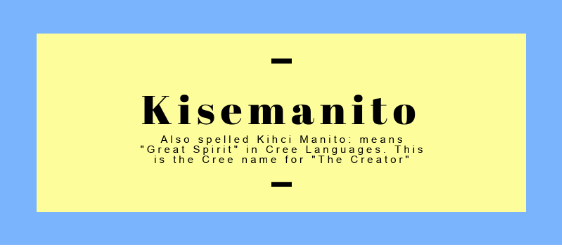Reporters surround Chief Alvin Francis of the Nekaneet First Nation on September 26 at a media scrum in Saskatchewan. He’s addressing the recent transfer of Terri-Lynne McClintic, who is in prison for the murder of eight-year-old Tori Stafford, to the Okimaw Ohci Healing Lodge. It’s something he only recently found out about.
“We know from a long time ago, what Canadian society has done; we are very forgiving,” he says. “So that’s who we are today. And those teachings have been passed on to me, so I have to accept [McClintic] as being part of the healing lodge.
“[The elders] are probably shocked right now that she’s there. I just believe that hopefully they are accepting of her, because with no fences there…she can walk right off. That’s up to her.”
Francis follows the phrase with an awkward chuckle. As the chief of the First Nation where the lodge is located, he knows it’s impossible to “walk right off.” It would leave the walker in kilometres upon kilometres of unsurvivable wilderness.
Mainstream media coverage of McClintic’s transfer has received criticism for failing to point out details like this about healing lodges and for pushing “anti-Indigenous principles,” with articles such as one titled “Tori Stafford’s killer belongs in prison, not a healing lodge. Obviously” at the forefront of the discussion.
“Sharing these (bullshit) articles about Indigenous healing lodges not being a sufficient treatment for this child murder case actually has to stop,” says a Facebook post by Olson Crow, an Indigenous advocate. “This is saying traditional healing is subpar.”
According to the Correctional Service Canada Healing Lodges website, the lodges include “Aboriginal concepts of justice and reconciliation” with a holistic and spiritual approach to rehabilitation. It further states that the Okimaw Ohci Healing Lodge was created due to a “dramatic over-representation” of Aboriginal people in Canada’s correctional system.
“[If you don’t] offer the context of why the healing lodges were created…why they operate…and what kind of measures are in place to ensure public safety, then you are liable to actually make people afraid for their safety and question the whole notion of Indigenous concepts of justice and rehabilitation,” says Duncan McCue, a Rogers visiting journalist at Ryerson University.
Cherish Francis, a communications specialist for the Nekaneet First Nation, says none of the news coverage speaks of the success rate of healing lodges, how they can be harder to go through than prison, and the fact that Elders can send the offenders back to prison if progress is not being made.
“[People] think it’s just an easy way out,” says Cherish.“You have to reflect upon yourself…and take accountability for that. It’s not an easier route because you have to answer to the Creator at the end of the day.”

Although McClintic’s transfer directly affects Indigenous communities, Indigenous voices were also missing in the many news stories circulating the event.
According to Cherish, journalists hold a certain power when reporting on Indigenous communities and they often overlook Indigenous voices. “The Indigenous voice is always lost in the system when someone thinks they’re more important than us.”
She adds that there needs to be “more people on the ground, ensuring that the media know how to connect with the people, and they just don’t.”
